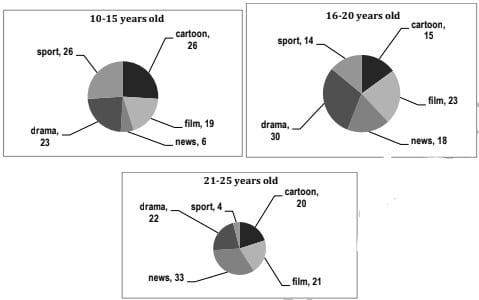Recent IELTS Exam 18 March 2023

Did you take the IELTS exam in India on March 18th, 2023 and are now eagerly awaiting your results? You may be feeling anxious about how you performed in the reading, writing, listening, and speaking sections. To help you prepare for future exams and get an idea of what to expect from the writing section, we have gathered information about the reading passages, listening and reading solutions, as well as writing task 1 and task 2 prompts from the March 18th, 2023 IELTS exam in India. Keep reading to learn more.
18th March 2023 Reading Answers
Passage 1: Hunting Perfume in Madagascar
- False
- False
- Not given
- true
- true
- not given
Fill Ups
- soap
- chemicals
- petals
- distillation
- smoke
- smell
Passage 2: Music Psychology
24. Language
25. Isolation
26. Mathematics
List of Headings
- V
- VI
- III
- II
- IV
- OUTLINE
- LIMITATIONS
- COMBINATION
- NETWORK
- MENTAL
- PERSIA
Passage 3:Process of Invention
Mcq
- B
- C
- B
- B
- D
Yes/ No / Not Given
- No
- Not given
- Not given
- Yes
37. D
38. B
39. G
40. A
18th March 2023 Morning Listening Answers
1 – 10
1. Cash
2. Museum
3. Caravan
4. Snow boarding
5. 4 years
6. White mountain
7. Cakes
8. Car
9. Map
10. Insects
10-20
11 -A
12-B
13-C
14-B
15-B
16-F
17-A
18-B
19-E
20-C
20-30
21-B
22-A
23-C
24-C
25-C
26-D
27-G
28-B
29-E
30-A
30-40
31. insects,
32 volcanic dust
33 heat
34 intermediate
35 seashores
36 sunlight
37 1000
38 silver
39 honey
40 building
18th March 2023 Writing Question and Sample Answers Academic
Writing Task 1:
The graphs below show the viewership of different TV programs among three different age groups.

Summarise the information be selecting and reporting the main features and make comparisons where relevant.
The given pie charts compare the different types of television programmes that are watched by people in three different age groups, 10–15 years, 16–20 years and 21–25 years. It is evident that news is more popular among the older age groups, while sports is less popular among them.
Among the 10–15 age group, cartoons and sports are equally popular, with a little more than a quarter of them viewing such programmes. Drama was liked by 23 percent, while films were preferred by 19 percent of this age group. Surprisingly, news programs were watched by only a small minority (6 percent) of these adolescents.
For the 16–20 age group, drama was the most popular, with 30 percent watching it. Films were the second most popular programmes, followed closely by cartoons and sports at 15 and 14 percent, respectively. This age group watched news three times more than the 10–15 year olds.
Finally, the 21–25 age group had the highest viewership of news, with 33 percent watching it. Drama, films, and cartoons were almost equally popular among this age group, with around 20 percent viewing them. Sports was the least popular among this age group, with only 4 percent viewership.
Overall, it can be concluded that news is more popular among the older age groups, while drama programmes are the favourites of the 16–20 year olds.
Writing Task 2:
Question:
Some people claim that public museums and art galleries will not be needed because people can see historical objects and works of arts by using a computer. Do you agree or disagree with this opinion?
I completely disagree with this opinion. Public museums and art galleries are incredibly important cultural and educational institutions and should not be replaced by a computer.
For starters, public museums and art galleries provide a physical space for people to explore and appreciate the arts, history and culture. They are also a great way to learn about and connect to the past. For example, art galleries can provide a space for people to enjoy artwork from different eras and cultures, while museums can provide a space to learn about the history and traditions of a particular area. Additionally, it’s often much more powerful to be able to physically interact with the objects and works of art, rather than simply viewing them on a computer screen.
Moreover, public museums and art galleries provide an opportunity for people to come together in a shared physical space to discuss, reflect and appreciate the works of art and historical objects. This experience is invaluable and is something that cannot be replicated through a computer. Similarly, public museums and art galleries are often used to host educational talks and workshops, which can be extremely valuable learning experiences.
To conclude, public museums and art galleries are incredibly important cultural and educational institutions, and should not be replaced by a computer. They provide a physical space to explore and appreciate the arts, history and culture, and they provide an opportunity for people to come together in a shared physical space to discuss and reflect. As such, I strongly disagree with the opinion that public museums and art galleries are not needed.






Responses